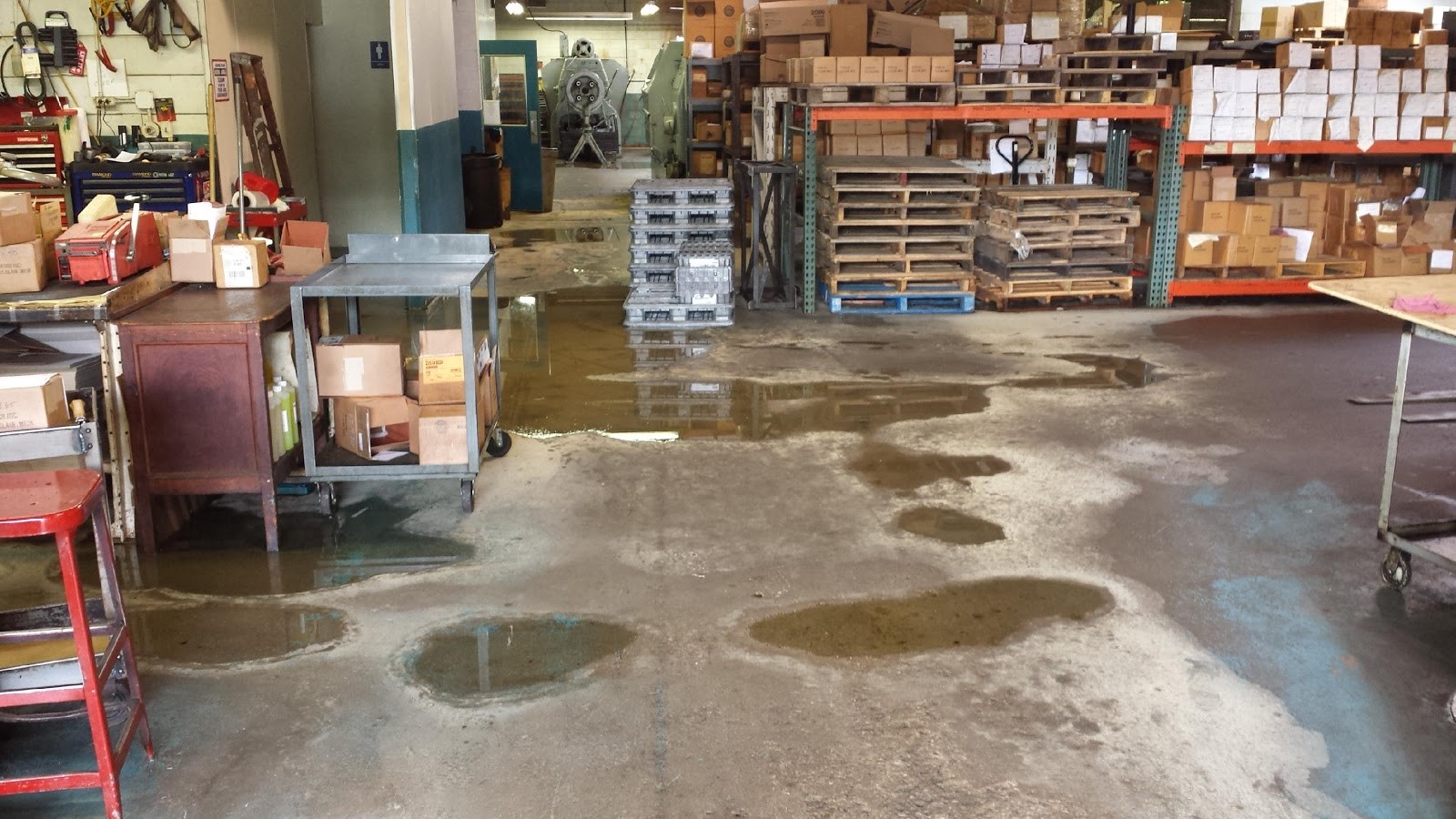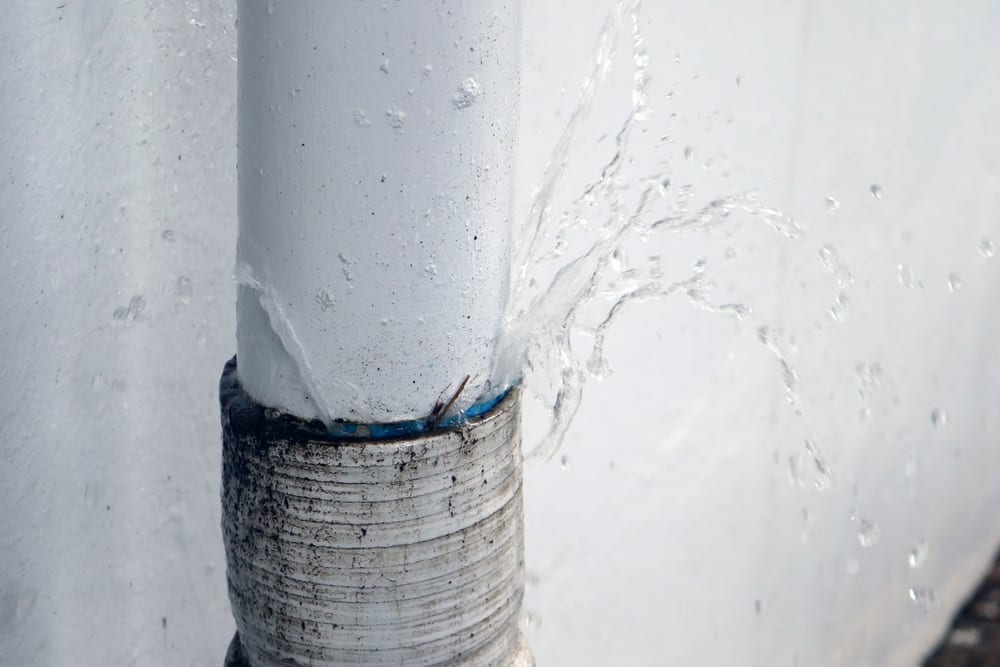Ruptured Pipes? No Panic! Just how to Identify and Fix Rapidly
Free QuoteEverybody may have their own way of thinking with regards to How to Install and Connect a New Dishwasher.

A ruptured pipeline is a significant emergency; you can just stand as you enjoy water you pay a lot to rejoin with the planet. In even worse instances, you notice a pool on your kitchen area floor, which is an excellent journey hazard, especially if you have children around. If the pipe that burst remained in your wall surfaces, bad news: you may require to paint that whole section.
Exactly how can a catastrophe like a ruptured pipeline be avoided and handled? Well, by paying attention to your professional emergency plumbings as well as adhering to these regulations.
How do I understand when my pipelines have ruptured?
Changing water stress
Pipelines do not just burst in a day. You might have seen that your kitchen tap or shower does not run immediately when you turn the tap. It might pause for a few seconds and after that blast you with even more pressure than usual.
In other instances, the water might appear normal initially, after that decrease in pressure after a couple of seconds.
Wet wall surfaces and water spots
Prior to a pipeline bursts, it will certainly leakage, most times. If this consistent leaking goes undetected, the leak might finish into a vast laceration in your pipeline. One easy means to avoid this emergency is to watch out for damp walls advertisement water discolorations. These water stains will lead you right to the leakage.
Puddles under pipes as well as sinks
When a pipeline bursts, the discharge forms a puddle. It might show up that the puddle is growing in dimension, as well as no matter how many times you wipe the puddle, in a couple of mins, there's one more one waiting to be cleansed. Typically, you might not be able to map the puddle to any kind of visible pipelines. This is an indicator to call an expert plumber.
Untraceable trickling noises
Pipeline bursts can occur in one of the most unpleasant locations, like within concrete, inside walls, or under sinks. When your home goes quiet, you may be able to listen to an annoyingly relentless dripping noise. Also after you've inspected your shower head and also kitchen tap, the trickling may continue.
Precious viewers, the dripping might be originating from a pipeline inside your walls. There isn't much you can do about that, other than inform an expert plumber.
Turn off the Water
When water ices up, it increases in volume by regarding 9 percent. As well as it increases with tremendous force: The stress inside pipelines may go from 40 pounds per square inch to 40,000 psi! No pipe can hold that much stress, so it bursts. The break might occur where the ice types, however regularly, it occurs where water pressure discovers a vulnerable point in the pipeline. That might be inches or even feet from the frozen area. Discover the water shutoff valve and also switch off the water to prevent more damage. You may also need to shut off the electrical energy also, depending upon where the leaks happens as well as exactly how huge it is.
Infected water
Many individuals think a burst pipeline is a one-way electrical outlet. Fairly the contrary. As water flows out of the hole or gouge in your plumbing system, pollutants locate their method.
Your water may be contaminated from the source, so if you can, inspect if your water container has any kind of problems. However, if your drinking water is supplied as well as detoxified by the local government, you should call your plumber right away if you see or smell anything funny in your water.
What do I do when I find a burst pipe?
Your water meter will remain to run also while your water wastes. To lessen your losses, locate the major controls and also transform the supply off. The water pipe are an above-ground structure at the edge of your residential or commercial property.
How to Fix & Detect a Leaking Pipe
How Do I Know if a Pipe is Leaking?
Leak detection tests can help you determine if your pipe has a leak. Even if you don’t see an apparent leak, you should still conduct leak detection tests regularly to save water and money—and prevent major damage to your home.
Water meter. It can be helpful to figure out what your usual water meter usage numbers are and then monitor them regularly. To monitor your meter, first, turn off all water faucets in your home. Check the meter and write down the numbers. In a few hours, check the meter again. If the numbers have changed, you have a leak. Water gauge. Use a water gauge to test your water pressure. Your showerhead should produce a certain amount of water pressure based on its model and design. If the pressure is lower than it is supposed to be for that specific showerhead, your home likely has a leak. Puddles. Look inside your bathroom, laundry, and kitchen sink cabinets. Puddles around the cabinets or around toilets, tubs, showers, and washing machines indicate the presence of a leaking pipe. You may also notice loose tiles, peeling or flaking paint, or mold caused by water accumulation. Napkin test. Even if you don’t see any puddles, you may still have a leak. You can test for water leaks in the bathroom, laundry, and kitchen by wiping below-sink connections with a napkin, paper towel, or piece of toilet paper. If it becomes damp, you probably have a leaking pipe under the sink. Discolored walls. Walls that are discolored—usually with brown or yellow stains—or bulging might mean that they have been impacted by water damage caused by a leaking pipe. Smell. A leaky pipe will create sitting water, and over time, that water may develop a musty smell. If your home smells musty, but you can’t locate the source, it may be due to a leak. Steps for Fixing a Leaking Pipe
A leaky drain can be remedied by tightening the pipe base, replacing the drain seal, caulking the rim, and tightening the pipe nut. Similarly, a leaking toilet pipe can be treated by tightening the packing nut. You may also need to replace the valve. A leaky faucet may just need tightening or replacement of the washers. If that doesn’t work, consider replacing your faucet. If your pipe has a hole in it, you may want to use a pipe leak sealer or pipe leak tape. This quick fix for water pipe leaks can also temporarily fix a copper pipe leak. https://www.ahs.com/home-matters/quick-tips/how-to-tell-if-pipes-are-leaking/

We hope you enjoyed our excerpt on How to Prepare for Your Dishwasher Installation. Thanks for taking a few minutes to browse our article. For those who liked our blog post if you please be sure to share it. Thanks for your time spent reading it.
Contact Us